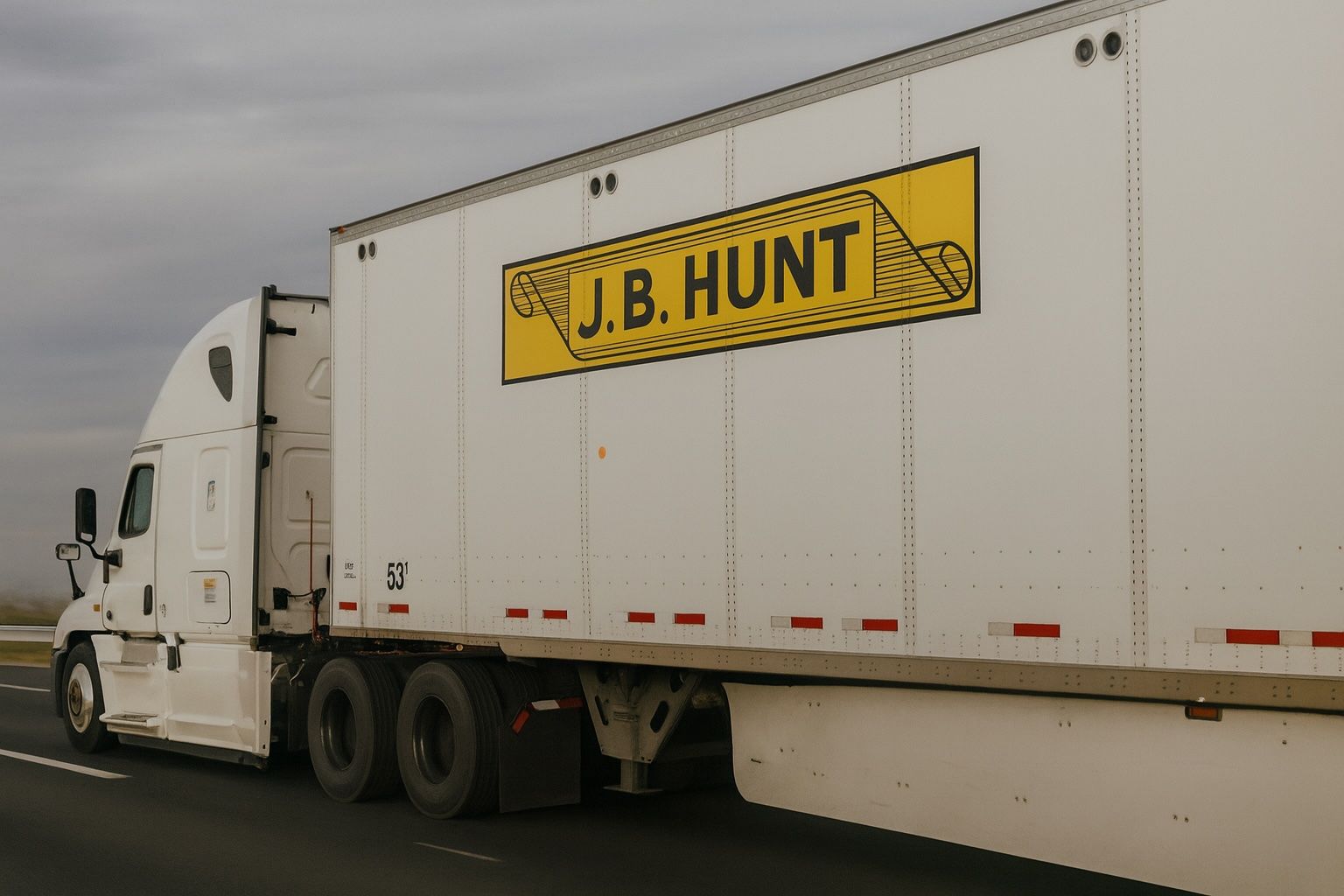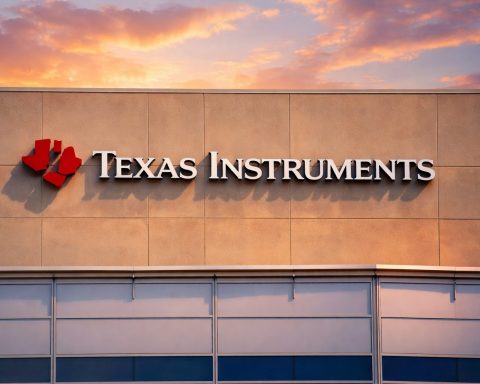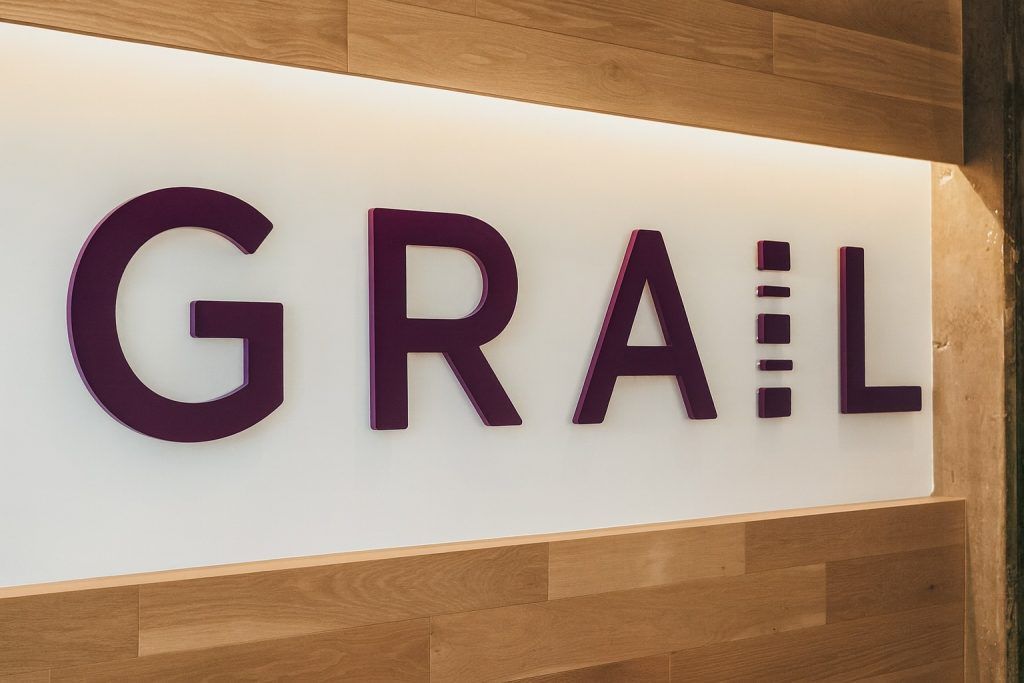- Stock Rally: JB Hunt shares jumped roughly 16–18% on Oct. 16 after a blowout Q3 report [1] [2], trading around the mid-$160s from a prior close near $139.
- Earnings Beat: Q3 results showed EPS of $1.76 (up 18% YoY) and revenue of $3.05 billion, both beating analyst forecasts ($1.46 and $3.02B) [3] [4]. Operating income rose 8% to $242.7 million.
- Analyst Response: Major firms raised price targets, with JP Morgan bumping its target to $176, BMO to $180, Citigroup and BofA to ~$175 [5]. Consensus 12-month target is around $162–163 [6] [7].
- CEO Commentary: CEO Shelley Simpson praised her team’s execution and said she “remains confident in our long-term strategy,” highlighting cost cuts and operational excellence [8] [9].
- Outlook: Analysts note that 2026 could see a freight rebound (supported by new capacity regulations) if volumes recover [10]. Current valuations imply only modest upside from here.
- Peers: By comparison, peers like Schneider National and Knight-Swift have lagged this year (down ~17.6% and 14.2% YTD [11] [12]). Old Dominion trades around $135 [13].
Stock Rally After Earnings Beat
J.B. Hunt’s stock rallied hard on Oct. 16. Reuters reported that JBHT shares “rose nearly 16% in early trading on Thursday” (Oct 16) after the company’s cost-cutting drove a stronger-than-expected profit [14]. Traders noted a similar jump (about 18%) according to market news on StockTwits [15]. The surge pushed JBHT to multi-week highs (roughly mid-$160s per share) as investors reacted to the Q3 results and upbeat comments from analysts. (For context, JBHT had closed around $138.83 on Oct. 15 [16].)
The broad market backdrop also helped: easing China trade worries and hopes for Fed rate cuts lifted U.S. stocks on Oct. 15–16 [17]. In this environment, trucking firms with upside surprises got rewarded. As TS2.tech noted, even industrial names like J.B. Hunt saw double-digit gains amid earnings beats [18]. Indeed, JBHT’s jump outpaced many peers – a sign that investors are giving credit to its execution.
Strong Q3 Earnings and Financials
J.B. Hunt’s quarterly results were the trigger. The official release showed third-quarter 2025 revenue of $3.05 billion (nearly flat YoY) and net earnings of $170.8 million, or $1.76 per diluted share [19]. This EPS was 18% higher than a year ago and comfortably above the consensus of about $1.46 [20] [21]. Operating income rose 8% to $242.7 million [22] [23], driven by efficiencies and cost cuts. These beats helped calm concerns about the freight downturn and provided a boost to margins.
Notably, management’s cost-control efforts paid off. In comments issued with the release, CEO Shelley Simpson emphasized pride in the team and reiterated confidence. She said, “I’m proud of our people for their hard work to deliver this improved financial performance,” and that she “remains confident in our long-term strategy focused on operational excellence… and… lowering our cost to serve” [24]. Simpson’s statement (also quoted in Benzinga and other outlets [25]) underscored that J.B. Hunt is navigating the soft market with disciplined execution.
Industry analysts highlighted how those savings translated to profit. Reuters reported that a $100 million cost-cutting program (route optimization, lower overhead, etc.) helped J.B. Hunt “shield its third-quarter margins” despite weak freight demand [26]. Evercore ISI analysts even called it a “J.B. Hunt-specific outcome that establishes a higher margin benchmark” [27]. In short, the firm proved it can drive earnings growth even as volumes stay subdued.
Analysts Raise Targets
Wall Street wasted no time updating its outlook. According to Benzinga and other sources, several firms increased JBHT price targets after the results. For example, JP Morgan’s Brian Ossenbeck bumped his target to $176 (from $170) while keeping an “Overweight” rating [28]. BMO Capital pushed its target to $180 [29]. Citigroup and Bank of America analysts also lifted targets into the $175 area [30]. These moves reflect the view that J.B. Hunt’s earnings beat is sustainable and that cost cuts can drive future profits.
In fact, a MarketBeat summary notes that TD Cowen raised its 12-month target from $140 to $152 (about a 9.5% upside from the then-close) [31]. Overall, one market consensus shows about one strong-buy, ten buy and twelve hold ratings on JBHT, with an average target around $162–$163 [32] [33]. That implies only modest upside if the stock stays near current levels (mid-$160s). Still, many analysts remain broadly positive: MarketBeat reports a “Moderate Buy” consensus [34], and GuruFocus finds a consensus “Outperform” or similar from most brokerages [35].
Despite raised targets, it’s worth noting that not all analysts are exuberant. Some recent reports trimmed their views before earnings – for example, Barclays and Susquehanna cut JBHT targets in early October [36]. The mixed picture suggests caution: gains may be limited if freight demand doesn’t improve. This aligns with the stock’s current valuation (about 21.7x forward P/E [37], above industry median). J.B. Hunt now faces a high bar to justify ever-higher targets.
Forecasts and Long-Term Outlook
What’s next for JBHT? Many experts say the trucking industry may not fully recover until at least 2026. For now, weak freight volumes and excess capacity still pressure rates. However, analysts are watching for signs of a cyclical turn. Reuters notes that expectations for a U.S. trucking market turnaround in 2026 are growing, partly due to new regulations that tighten labor supply (e.g. restrictions on visas for truck drivers) [38]. If shipments pick up, J.B. Hunt’s earnings could accelerate.
Indeed, BMO Capital told investors it sees JBHT’s earnings trajectory “improv[ing] materially in 2026” if the cycle doesn’t worsen [39]. StockTwits reports BMO even forecasting $10–$11 in EPS when the freight market rebounds [40]. Those hopes support higher long-term targets (some analysts had peaks near $180–$186 [41]).
In the meantime, analysts will watch JBHT’s fourth-quarter trends and guidance. The company is due to report Q4 results in late January. Given this quarter’s success, investors will focus on whether volumes stabilize or if further cost cuts are possible. The consensus from the data is that JBHT’s foundation is strong, but its stock may be constrained until clear recovery signs emerge. The average 12-month target (~$163) suggests only a few percent upside, implying some market skepticism remains.
Competitors and Market Context
For context, J.B. Hunt’s peers have had a tougher year. WallStreetZen data shows Schneider National (SNDR) trading around $22.7, down about 17.6% over the past year [42], and Knight-Swift (KNX) at ~$44.2, down ~14.2% [43]. (Both have similar “Buy” ratings in many cases.) Old Dominion Freight Line (ODFL) is near $135 [44] and also missed its Q3 estimates, keeping upward momentum subdued. In short, JBHT’s rally is notable compared to this group – it has outperformed year-to-date after lagging early in the year.
Sector-wide, analysts credit J.B. Hunt’s diversified model (intermodal, dedicated trucking, final mile, etc.) for resilience. During the earnings call (reported by Motley Fool and others), management stressed adapting to rail and supply shifts. For example, AOL Finance reported Simpson noting J.B. Hunt’s scale helps coordinate complex intermodal moves amidst rail carrier changes [45]. This strategic flexibility may give JBHT an edge if freight demand recovers.
However, the trucking industry still faces challenges: weak freight rates and overcapacity that began in 2022. A Reuters report at the earnings release noted that the industry downturn is “expected to persist,” with tariffs and global slowdowns adding pressure [46]. That caution tempers the optimism. In competitor-land, Schneider’s CEO also warned on muted freight demand in a recent interview, keeping that stock under pressure (Benchmark Co. recently reiterated a Buy with a cautious tone).
Investor Sentiment and Social Buzz
In an era of social trading, the market’s euphoria is measurable. StockTwits (the social trading platform) observed that JBHT’s retail sentiment hit “extremely bullish” territory after the Q3 beat [47]. Message volume on JBHT skyrocketed over 1,700% in 24 hours, according to that report. This reflects retail investors piling in on the hot news.
Indeed, the Speed of the move – nearly 18% in a few hours – suggests plenty of short-term momentum and FOMO. But such rapid surges often meet resistance. Traders will be watching if profit-takers step in or if more institutional buyers jump on board. For now, the buzz underscores that the market is excited by JBHT’s turnaround story, even as many pros remind caution until industry conditions improve.
Bottom Line
J.B. Hunt’s shares have exploded higher on Oct. 16, 2025, reflecting a stellar quarter and renewed confidence among investors and analysts [48] [49]. The combination of an earnings beat, strategic cost cuts, and bullish analyst commentary has brightened JBHT’s outlook. Key indicators (earnings growth, margin gains) are trending the right way, and management is executing on strategy.
Going forward, the stock’s trajectory will depend on industry fundamentals. If freight volumes bottom out and pricing stabilizes, JBHT could validate even higher price targets. For now, many experts have raised their expectations, but the overall consensus suggests modest upside. Competitors’ lagging performance underscores JBHT’s relative strength, but also highlights the broader weakness in trucking.
In summary, J.B. Hunt’s rally is a sign that investors are hungry for good news in a tough sector [50] [51]. The question is whether this momentum will hold. Bulls will point to the earnings beat and cost-saving success; skeptics will note the still-sluggish freight market. The coming weeks of trading – and the next earnings report – will tell if this is a true “revival” or just a dead-cat bounce in a challenging market.
Sources: Latest financial reports and market news on J.B. Hunt (NASDAQ: JBHT) including Reuters [52] [53], J.B. Hunt investor release [54] [55], Benzinga [56], MarketBeat [57] [58], and TS2.Tech [59]. Peer stock data from WallStreetZen (via MarketBeat) [60] [61].
References
1. www.reuters.com, 2. stocktwits.com, 3. www.reuters.com, 4. www.jbhunt.com, 5. www.benzinga.com, 6. www.gurufocus.com, 7. www.marketbeat.com, 8. www.jbhunt.com, 9. www.benzinga.com, 10. www.reuters.com, 11. www.wallstreetzen.com, 12. www.wallstreetzen.com, 13. www.wallstreetzen.com, 14. www.reuters.com, 15. stocktwits.com, 16. www.benzinga.com, 17. ts2.tech, 18. ts2.tech, 19. www.jbhunt.com, 20. www.reuters.com, 21. www.jbhunt.com, 22. www.jbhunt.com, 23. www.jbhunt.com, 24. www.jbhunt.com, 25. www.benzinga.com, 26. www.reuters.com, 27. www.reuters.com, 28. www.benzinga.com, 29. www.benzinga.com, 30. www.benzinga.com, 31. www.marketbeat.com, 32. www.gurufocus.com, 33. www.marketbeat.com, 34. www.marketbeat.com, 35. www.gurufocus.com, 36. www.marketbeat.com, 37. www.reuters.com, 38. www.reuters.com, 39. www.reuters.com, 40. stocktwits.com, 41. www.gurufocus.com, 42. www.wallstreetzen.com, 43. www.wallstreetzen.com, 44. www.wallstreetzen.com, 45. www.aol.com, 46. www.reuters.com, 47. stocktwits.com, 48. www.reuters.com, 49. www.benzinga.com, 50. www.reuters.com, 51. www.benzinga.com, 52. www.reuters.com, 53. www.reuters.com, 54. www.jbhunt.com, 55. www.jbhunt.com, 56. www.benzinga.com, 57. www.marketbeat.com, 58. www.marketbeat.com, 59. ts2.tech, 60. www.wallstreetzen.com, 61. www.wallstreetzen.com










